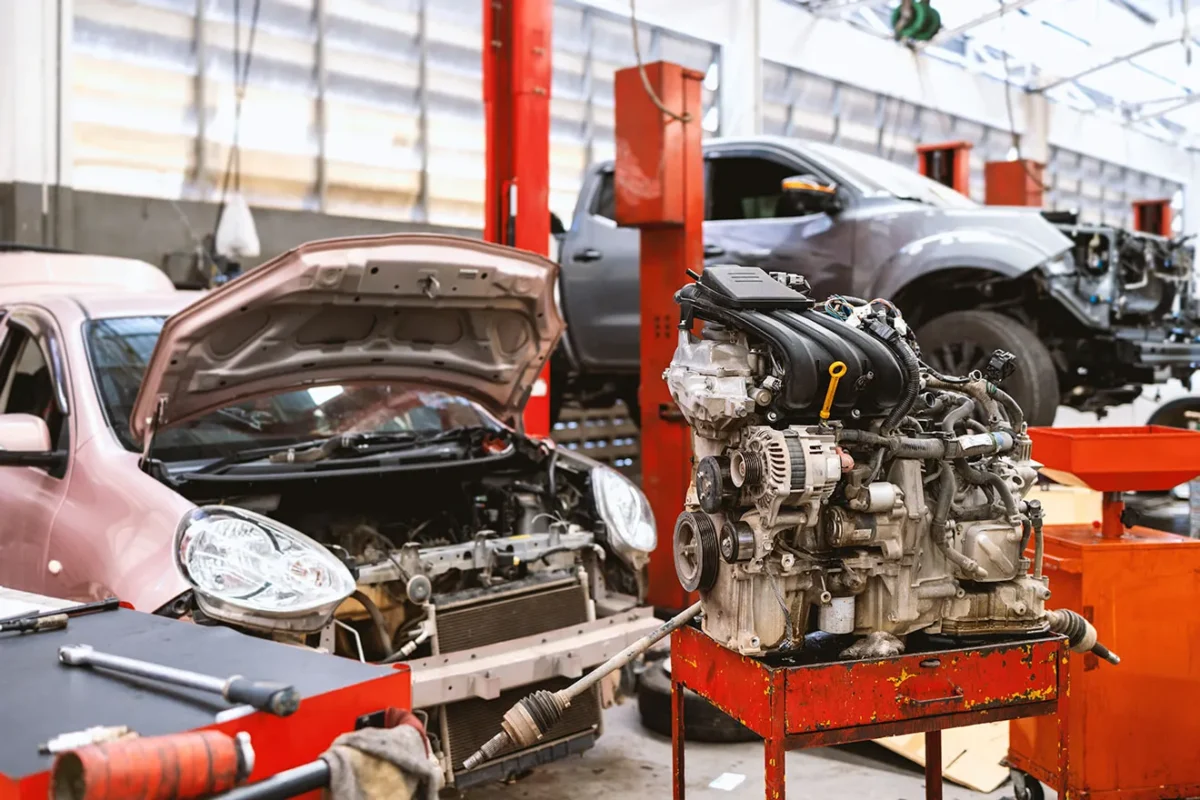A brake pressure regulator, also known as a brake proportioning valve, is a component in a vehicle’s braking system designed to distribute brake fluid pressure to the front and rear brakes in a way that ensures optimal braking performance. The regulator works by adjusting the brake fluid pressure to compensate for the differing braking needs of the front and rear wheels, improving stability and control during braking. Here’s how a brake pressure regulator works:
1. Balancing Front and Rear Brakes:
- In a typical vehicle, the front brakes handle more of the braking force because weight shifts forward during braking. This is because the vehicle’s weight distribution is not evenly balanced between the front and rear. As a result, the front brakes need more hydraulic pressure to effectively stop the vehicle.
2. Preventing Rear Wheel Lockup:
- If the rear brakes receive too much pressure during heavy braking, they can lock up, causing the rear wheels to skid. This can lead to a loss of control and fishtailing. To prevent this, a brake pressure regulator is used to reduce the hydraulic pressure delivered to the rear brakes, ensuring they don’t lock up prematurely.
3. Maintaining Balanced Braking:
- The brake pressure regulator continuously monitors the pressure in the brake lines. If the vehicle’s weight shifts during braking, the regulator adjusts the hydraulic pressure to the rear brakes to maintain balanced braking. It does this by reducing the pressure to the rear brakes relative to the front brakes.
4. Improved Control and Stability:
- By preventing rear wheel lockup and distributing the braking force more evenly, the brake pressure regulator enhances the vehicle’s stability and control during braking, especially in situations like hard stops or slippery road conditions.
5. Load Sensing Mechanisms:
- Some modern vehicles use load sensing mechanisms in the brake pressure regulator. These mechanisms take into account the load in the vehicle, adjusting the brake force distribution accordingly. For example, when a vehicle is heavily loaded, the load sensing mechanism can increase the pressure to the rear brakes to maintain balanced braking.
In summary, a brake pressure regulator plays a crucial role in ensuring that the front and rear brakes receive the appropriate amount of hydraulic pressure, which helps prevent rear wheel lockup, optimize braking performance, and improve vehicle stability and control during braking. This component is particularly important in vehicles with front-rear weight imbalances or those that are susceptible to uneven brake wear.
